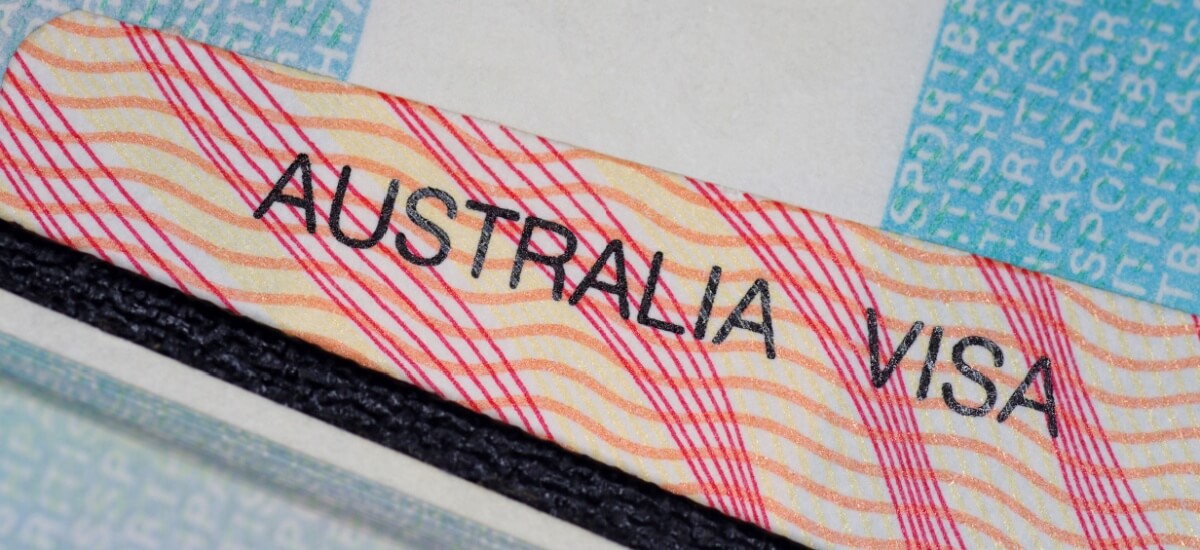Inheritance tax in Australia: What you need to know
Discover everything you need to know about inheritance tax in Australia, including whether it exists in the country and other related taxes.

In December 2023, the Australian government announced their new Migration Strategy to simplify the skilled migration system, as a way to both protect workers and meet skill shortages. Among other things, it announced a new Skills in Demand visa, with full details and implementation announced on 7th December 2024.
In this guide, we’ll cover everything we know about Australia’s newly announced Skills in Demand visa.
The Skills in Demand Visa is a four-year temporary skilled worker visa and is part of the Australian government's Migration Strategy.
The new visa ensures a new approach to occupation lists, including faster visa processing and enhanced worker mobility. For example, workers will be able to change their jobs, instead of being forced to stay with one employer who is sponsoring them.1
The purpose of this visa is to motivate skilled professionals to move to Australia from the UK and other countries to boost their economy.

Yes, the Skills in Demand visa will replace the Temporary Skilled Shortage Visa.1 The subclass 482 visa enables an employer to sponsor a skilled worker to fill a position when there is no suitably skilled Australian worker.
Australia’s new Skills in Demand visa was announced on the 11th of December 2023, but more details were revealed almos ta year later on the 7th of December 2024 when the visa came into effect.1
In order to apply for the Skills in Demand visa in Australia, you must meet some general eligibility criteria, such as certain health and character requirements.1
The Skills in Demand visa is divided into three pathways or tiers, each with specific skill requirements.

The Skills in Demand visa’s three-tiered system is based on annual earnings and employment conditions. Here’s an overview:
| Specialist Skills Pathway | Core Skills Pathway | Essential Skills Pathway |
|---|---|---|
| Requires guaranteed annual earnings of at least $135,000 AUD | Requires guaranteed annual earnings of at least $70,000 AUD | For those with earnings under $70,000 AUD per year but working in essential skill occupations |
| Priority 7 day processing | 21 day processing | 21 day processing |
| Any occupation except trades workers, machinery operators, drivers and labourers | Skills in short supply that are on the new Core Skills Occupation List | Mainly the care and support industry |
The goal of this pathway is to attract top talent and highly skilled workers that are beneficial to Australia’s national productivity. They could bring significant financial economic benefits to the country, as well as knowledge and ideas.1
This pathway is available to applicants whose job is on the new Core Skills Occupation List. The goal of the Core skills pathway is to meet targeted workforce needs. It’s the one that will bring the most migrant workers out of the three.1
The Essential skills pathway is still being developed, in consultation with state and territory governments, businesses and unions. These skills aren’t paid as much, but they’re still very important.1
Lists of occupations for the Essential skills and Specialist skills pathways. See the new occupation list for the Core and specialist skills pathway2.
Here are some examples of current skills shortages from the list that highlight how varied it is:

If this is not the visa for you, you can look through other options for staying in Australia.
For starters, the Working Holiday visa can help you determine whether you even want to move there permanently. It’s made for people under 30 (or 35 in some countries) who want to do short-term work and live in Australia for 12 months.3
If you want to study in or get a degree in Australia, you may want to explore the Student visa route. It’s eligible for up to 5 years. The Student visa (subclass 500) allows you to travel in and out of Australia and you can even work up to 48 hours a fortnight during your studies.4
If you want to apply for the new Skills in Demand visa, you’ll find all the details on the Australian government website. To apply it costs upward from $1,455 to $3,035 AUD and in two instalments. One when you apply and another payable before the grant of the visa5.
Need a smart and affordable way to pay your visa fees in AUD? Or help to manage your money while living and working in Australia? Check out the Wise account, you can send money worldwide at the mid-market exchange rate for low fees*.
It’s easy and only takes a few clicks to send an international payment online, or via the Wise app.
Even before you officially open an Australian bank account, you can use your Wise debit card to spend like a local from the moment you arrive. The card automatically converts to AUD at the fairest rate whenever you use it, so you don’t need to worry about exchanging money*.
And that’s all we know about the upcoming Skills in Demand visa. You should now have a better idea of how to apply for an Australian visa.
Don’t forget to check the Australian government website for more information, further confirmation and any changes to how much it costs, what it entails and what documents you’ll need.
Sources used in this article:
1. Australian Department of Home Affairs - Australian government Migration Strategy
2. Jobs and Skills Australia - Core Skills and Occupations List draft
3. Australian Department of Home Affairs - Working Holiday visa (subclass 417)
4. Australian Department of Home Affairs - Student visa (subclass 500)
5. Australian Department of Home Affairs - Visa pricing information
Sources last checked on date: 17-Apr-2024
*Please see terms of use and product availability for your region or visit Wise fees and pricing for the most up to date pricing and fee information.
This publication is provided for general information purposes and does not constitute legal, tax or other professional advice from Wise Payments Limited or its subsidiaries and its affiliates, and it is not intended as a substitute for obtaining advice from a financial advisor or any other professional.
We make no representations, warranties or guarantees, whether expressed or implied, that the content in the publication is accurate, complete or up to date.

Discover everything you need to know about inheritance tax in Australia, including whether it exists in the country and other related taxes.

Find out how much does it cost to have a baby in Australia, including hospital fees, health insurance and other expenses.

Read our complete guide to the Australia digital nomad visa, covering fees, documents, eligibility requirements and application process for 2025.

Discover the pros and cons of living in Australia vs the UK in our handy guide, including tips on where to live in Australia and safety advice.

Find out how income tax in Australia works for foreigners in our handy guide for UK expats, overseas workers and digital nomads.

Can I keep my Australian bank account if I move abroad? Find out everything you need to know here in our handy guide.